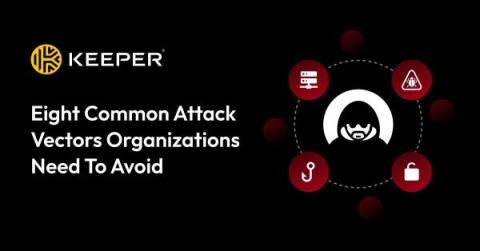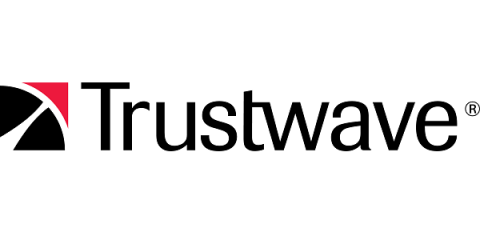Uncovering identity threats: Lessons learned from a real-life data breach
Every IT admin, regardless of the company size or employee count, shares a common fear: data breaches. The horror of discovering their organization’s data exposed on the dark web, accessible to anyone, is definitely a nightmare. So, IT admins are on the constant lookout for leading solutions that protect access to organization data and manage employee identities effectively. But where does the real challenge lie? In managing the employee identities, or their access to data?











